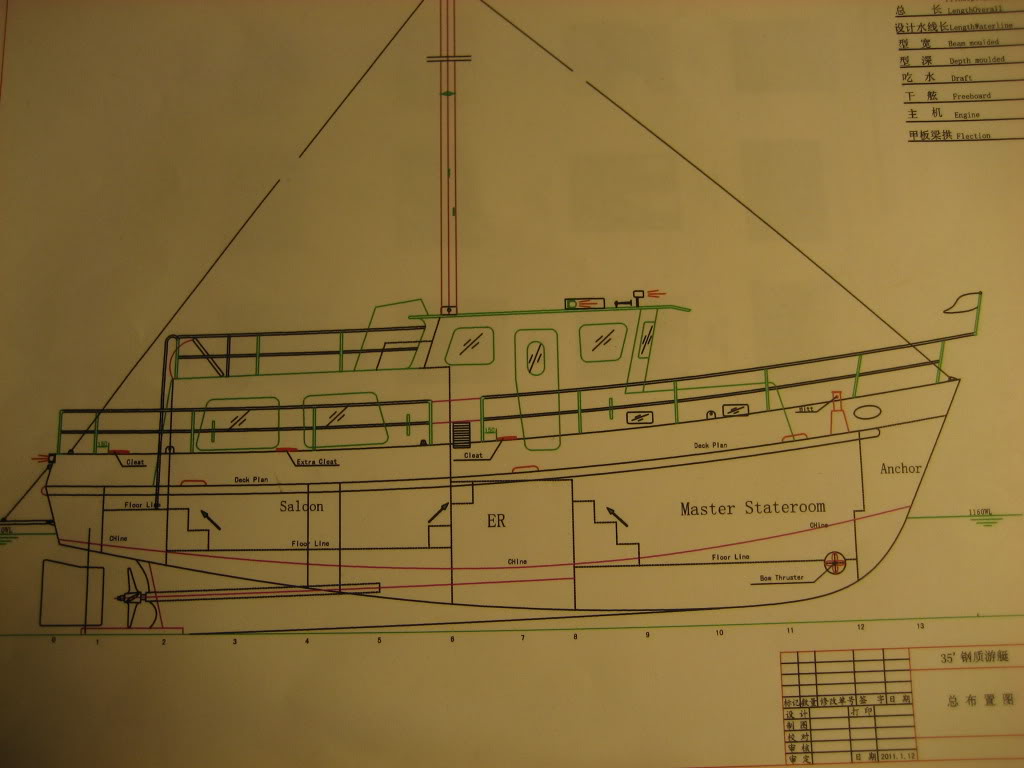Nomad Willy
Guru
The power has nothing to do w it.
It's all in the hull.
And there is a grey zone. The 49 DeFever is almost in it.
As I've said before the definitive feature is the QBBL that has been discussed several times. And the relationship between the area of the largest below the WL cross section to the area of submerged part of the transom. Basically if you have more than 3 or 4" of submerged transom w/o a steep QBBL angle it's a SD. Mark's Coot is FD but has a small amount of transom submerged .. For example.
I learned about the QBBL on BoatDesign.net where there was a discussion about this. A specific angle was given and I've gone back to find it but failed.
A 49 DeFever w only one Lehman 120? Finally an underpowered boat. What's the displacement Tom ... Or hp per ton?
It's all in the hull.
And there is a grey zone. The 49 DeFever is almost in it.
As I've said before the definitive feature is the QBBL that has been discussed several times. And the relationship between the area of the largest below the WL cross section to the area of submerged part of the transom. Basically if you have more than 3 or 4" of submerged transom w/o a steep QBBL angle it's a SD. Mark's Coot is FD but has a small amount of transom submerged .. For example.
I learned about the QBBL on BoatDesign.net where there was a discussion about this. A specific angle was given and I've gone back to find it but failed.
A 49 DeFever w only one Lehman 120? Finally an underpowered boat. What's the displacement Tom ... Or hp per ton?
Last edited:






